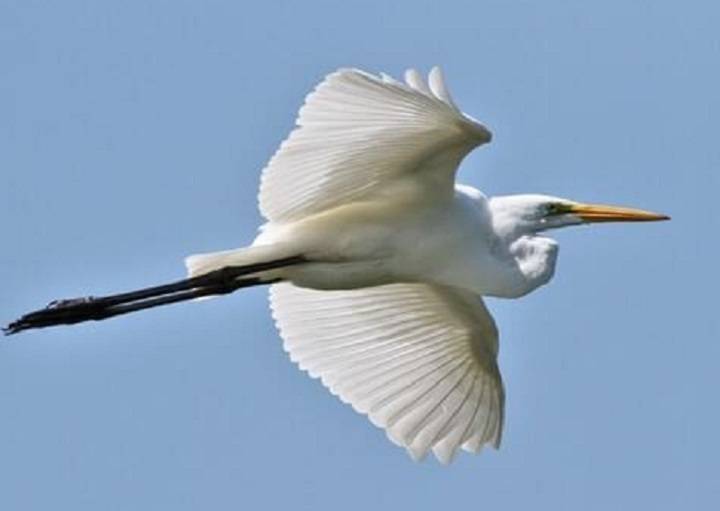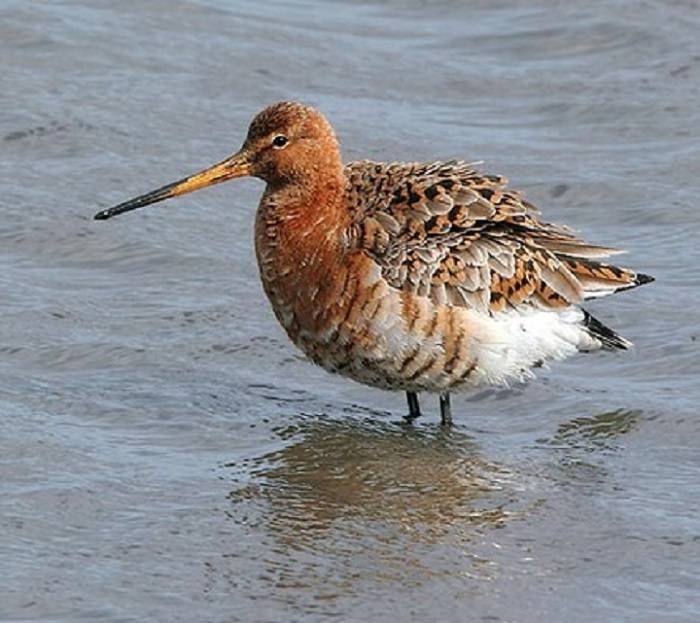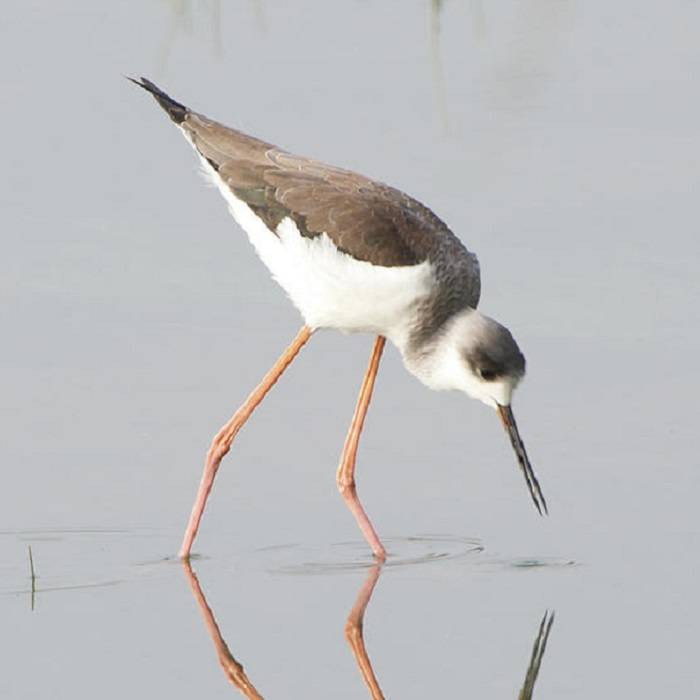In the serene landscapes of wetlands, marshes, and shallow waters, one can often witness the elegant silhouette of long-legged wading birds. With their slender bodies, elongated necks, and stilt-like legs, these avian beauties captivate the eye and inspire admiration for their grace and poise. In this exploration, we delve into the world of long-legged wading birds, uncovering their unique characteristics, exploring their habitats and behaviors, and celebrating their important role in the ecosystem.
Anatomy and Adaptations
Long-legged wading birds are characterized by their distinctive anatomy, which is finely tuned for life in watery habitats. Their long legs enable them to wade through shallow waters with ease, while their elongated necks allow them to reach into the depths in search of prey. Their slender bodies and streamlined shapes reduce drag and allow for efficient movement through the water, while their large wings provide lift and stability during flight. With their keen eyesight and sharp beaks, these birds are formidable hunters, skilled at capturing fish, frogs, crustaceans, and other aquatic prey.
Diversity of Species
Long-legged wading birds encompass a diverse array of species, each adapted to a specific niche within their wetland habitats. Some, like the majestic great blue heron, are solitary hunters, stalking their prey with stealth and patience before striking with lightning speed. Others, such as the sociable sandhill crane, form large flocks during migration, filling the skies with their distinctive calls and graceful flight. Still, others, like the flamboyant roseate spoonbill, stand out with their vivid pink plumage and unique feeding behavior, sweeping their specialized bills through the water to filter out small fish and invertebrates.
Habitat and Distribution
Long-legged wading birds can be found in a wide range of wetland habitats around the world, from coastal marshes and estuaries to inland rivers, lakes, and swamps. Some species, like the great egret, are highly adaptable and can be found in both freshwater and saltwater environments, while others, such as the black-necked stilt, are more specialized in their habitat preferences. Regardless of their specific habitat requirements, all long-legged wading birds play a vital role in the ecosystem, serving as indicators of wetland health and biodiversity and helping to regulate populations of prey species.
Conservation and Threats
Despite their importance to the ecosystem, long-legged wading birds face a variety of threats to their survival, including habitat loss, pollution, climate change, and human disturbance. Wetlands, which are the primary habitat for these birds, are among the most threatened ecosystems on Earth, with over half of the world’s wetlands lost in the last century due to drainage, development, and pollution. Efforts to protect and conserve long-legged wading birds are underway around the world, including habitat restoration, captive breeding programs, and public education and outreach initiatives. By raising awareness about the importance of wetlands and the species that depend on them, we can help ensure a brighter future for these magnificent birds and the ecosystems they inhabit.
Long Legged Wading Bird
In conclusion, long-legged wading birds are true marvels of the natural world, their grace, beauty, and adaptability a testament to the wonders of evolution and the power of adaptation. From the shallow waters of coastal estuaries to the verdant marshes of inland swamps, these avian ambassadors enrich our lives with their presence and inspire us to cherish and protect the precious wetland habitats they call home. By working together to conserve and restore wetlands and the species that depend on them, we can ensure that future generations will continue to marvel at the elegance of long-legged wading birds for years to come.




